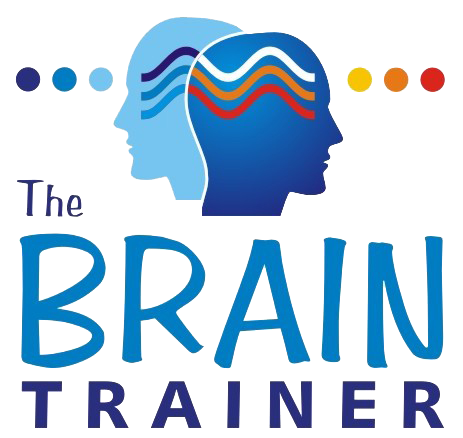.
WHAT IS NEUROFEEDBACK?
A Drug Free Alternative to better Well-Being
.
Neurofeedback for AUTISM
Autism Spectrum Disorder (ASD) is a complex condition with a complex diagnosis process involving a lot of interpretation. ASD often co-exists with other diagnoses
Children suffering ASD symptoms struggle to develop peer relationships, because they experience difficulties understanding and expressing non-verbal communication, such as facial expressions. The main symptoms related to ASD are:
- deficits in social communication and interaction
- restricted, repetitive patterns of behaviour, interests or activities
- inability to perceive sights and sounds adequately,
- resistance to change in daily routines,
- poor motor skills,
- hyper-focus on one thing
- loud outbursts
The symptoms of ASD (autistic spectrum disorder) usually begin to emerge at an early age – at about two or three years. Studies indicate that individuals with ASD have excessive connectivity in some areas of the brain and deficient connectivity in others. .
.
How does Neurofeedback help with Autism?
-
Neurofeedback (Brain Training) is a research proven way to help you improve brain function through intensive brain training exercises.
-
Although the technology is quite sophisticated, the Neurofeedback process is simple, painless, and non-invasive.
-
You learn to alter your brain activity the same way you learn every other skill – through feedback and practice – What is new, is that with Neurofeedback, you are guided by a form of feedback that was previously not available to you – instantaneous information about changes in your brain’s electrical activity.
-
Neurofeedback for autism spectrum disorders usually focuses on improving the processing of social and sensory information and on reducing activation of emotional networks.
Neurofeedback: A powerful tool in the treatment of Autism
Neurofeedback has shown to be very effective for ASD. With Neurofeedback the ASD symptoms are explained as a kind of brain deregulation in certain brain areas.
.
-
Neurofeedback not only improves cortical function, it also teaches self-regulation.
-
There are no side effects and offers sustainable results.
-
Neurofeedback can change core deficits of ASD by enhancing physical and emotional calming and improving the ability to manage sensory input.
-
Hyperactive brain behaviour can be reduced and sensory integration and body awareness can be enhanced.
-
Overall emotional expression can be improved.
-
Positive changes can be made in attention and obsessive compulsive symptoms.
-
By combining Neurofeedback with a comprehensive nutritional approach, people have a good chance of improving areas of dysfunction.
-
Neurofeedback improves the quality of life for both people with ASD and their families.
What improvements are possible with Neurofeedback for Autism?
- Initiation of touch and contact
- Reduced emotional outbursts
- Slower, clearer speech patterns
- Better responses to parental and teacher instructions
- Less ritualistic and more imaginative thought
- Increased tolerance to change
- Decreased hyperactivity & impulsivity
- Heightened levels of focus and attention
- Diminished anxiety
- Better social skills and enhanced relationships
- Increased stability and calmness
- Heightened awareness of feelings and emotions…

